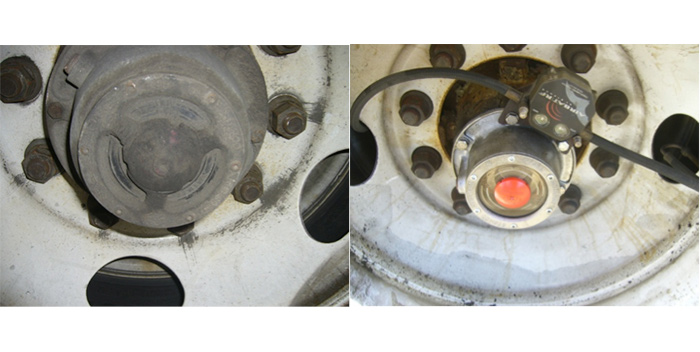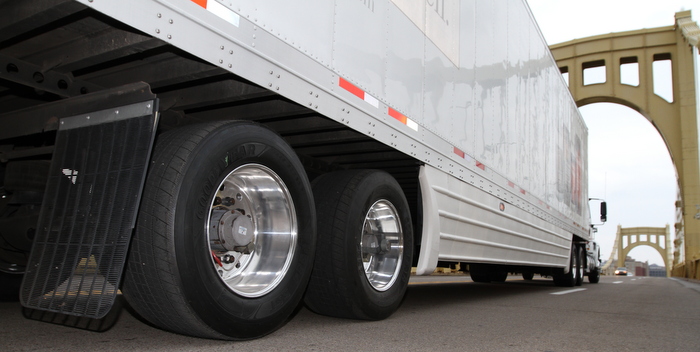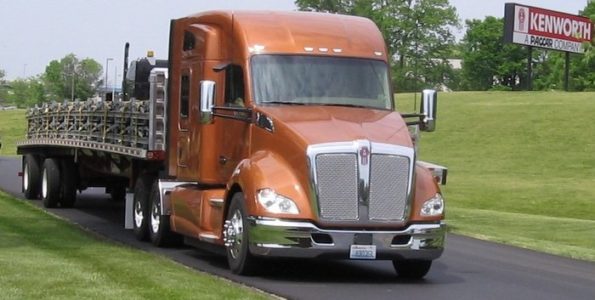Many fleets are gravitating toward running “greener” these days, not only because legislation has pushed engine technology that lowers emissions or government has provided incentives for certain applications that choose natural gas or other alternative fuels, but also because they are gaining better fuel economy. In addition, as I have heard from several fleet managers, there is a genuine pride in lowering their carbon footprint.
Because of this trend, Fleet Equipment and CITGO Lubricants have expanded the annual Top Green Shop award to include environmentally friendly vehicles and shops, and changed the name of the award to Top Green Fleet. This means we are looking for fleets that are changing the way they do business to include green initiatives across all aspects of their operations.
We have been receiving entries for this program since March and are impressed with the level of commitment fleets have demonstrated by specifying more fuel-efficient vehicles (newer engines, NG-fueled engines, aerodynamic styling and fairings) and employing ways to limit idling. Fleet shop initiatives include increased recycling of cleaning solutions and other waste products as increased efforts to maintain a clean shop and good working environment. In addition, lighting has been optimized with the addition of longer-lasting and more energy-efficient lights.
While we continue to receive entries, we are still encouraging other fleets to let us know what they are doing to become a more “green” fleet. To enter the contest, you can fill out and mail or fax the entry form, which is located on page 19 in this issue of FE, or you can enter online at s18391.p525.sites.pressdns.com. Winners receive: airfare/hotel for two to the Technology & Maintenance Council (TMC) meeting March 11-14, 2013; the Top Green Shop 2012 trophy; a feature story in the February 2013 issue of Fleet Equipment; bonus copies of our February 2013 issue; and an additional prize package from CITGO lubricants. Entries are due no later than October 1, 2012.
While we’re talking about green fleets, I want to report on an all-electric, zero emission van I drove recently, the Mercedes-Benz Vito E-Cell Crewbus, which is currently sold in 15 European countries. The power for this vehicle is provided by a lithium-ion battery with nominal voltage of 360 V and a capacity of 36 kWh. The permanent magnet electric motor powers electronics, transformer and charger with an output of 6.6 kW. Power is transferred to the front wheels. In addition, it has an operating range up to 81 miles at a top speed for approximately 55 MPH, and it can reach 31 MPH in 6.5 seconds—all this without releasing emissions.
I’ve driven electric vehicles before so I thought I knew what to expect, but I was pleasantly surprised by the power and overall performance of this smart little van. It has quick acceleration, a smooth, quiet ride and is well-suited for urban delivery and shuttle bus applications. It was unclear as to whether or not we’d see this vehicle in the U.S. any time soon, but it is a technology to watch.









